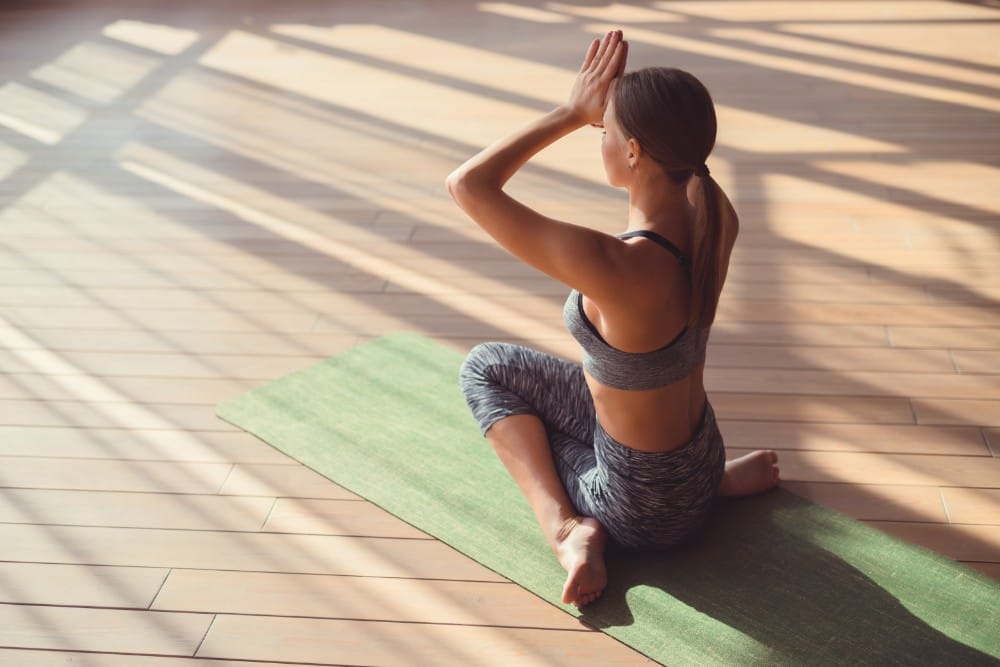
Tips for Doing Yoga (even When You Don’t Feel Like It)
Resistance can pop up in many ways. Even if you get cute workout clothes to get fit, that does not mean anything if you don’t make the effort to hit the gym. The same goes for doing yoga. Even good intentions only go so far if you are not willing to pursue the thing you say will help you feel better in recovery. Resistance can keep you from getting moving. Find some tips for how to push past resistance and get to doing yoga, especially when you don’t feel like it.
Recognize Resistance
We can learn to recognize our own forms of resistance and wake up to them. Yoga asanas can help. Perhaps you have discovered places that feel tight or unmovable within your body. Resistance shows up in your minds and bodies in different ways. When things happen to us, we begin to tighten up as a fight-or-flight reflex. Rather than ignoring resistance, or pretending it does not exist, we begin to notice it is there and how it makes us feel. With curiosity, we can explore the resistance and get ourselves moving again.
Yoga Sequences
When doing yoga in the midst of resistance, it can feel challenging to get started. The goal is to do it anyway, a little at a time. Eventually, your brain and body will catch up to each other and things will start to feel better. The main thing to keep in mind is how you feel and to go with the (yoga) flow just a little bit, even when it feels hard. A good sequence to get started to push past resistance includes:
- Downward dog: open shoulders, back of legs, and lower back. Press the weight of your body towards your legs and create resistance to the floor. Stay in this pose, breathe deeply, and anchor yourself for 3 minutes. If it is too long, do what feels comfortable then go to hands and knees position or child’s pose.
- Pigeon: from downward dog, bring the left knee into your chest, point it left, and shift weight forward to come into position. If the left hip is not touching the ground, place a cushion underneath. The right leg should be straight back, both hips pointing forward. Walk hands forward and fold as far as you can for a stretch and breathe through it.
- Ankle to knee: do this for 8 to 10 breaths. Swing your right leg around and place the right ankle on the left knee with the left ankle below the right knee. This pose is intense but have patience, it will work itself out.
- Cow’s Head: take 8 to 10 breaths for this pose. Place your right knee on top of your left knee and pretend the calves are cow’s ears. Make them the same distance from the body. Take arms behind your back, right arm under, left arm up and interlace fingers. Hold onto a belt or towel instead. Release arms and do a few shoulder circles.
- Twist: Take 5 to 8 breaths and press your top palm down and bring prayer hands to the center of your chest. Try to keep your spine long and strong. Feel the fullness of your breath in your ribs and lungs.
- Boat: Take 3 to 5 breaths and focus on keeping legs straight and chest lifted. Boat pose is a great stretching pose that will help you learn to breathe, focus, and open your body to releasing any built up resistance and tension.
When you focus on stretching and opening your body, it is amazing how the resistance releases and tension subsides. As it goes away, you can finally rest in knowing that, even with resistance, your mind and body will be able to let go and feel some peace.
The Palmetto Center is based on a Therapeutic Community model. We help people learn how to live free of addiction. Our community support provides structure while trained counselors offer life skills training and therapeutic techniques to help you move past addiction. Our program provides special focus for professionals including chiropractors, nurses, doctors, lawyers, and more who need help with addiction recovery. Call us to find out more: 866-848-3001.